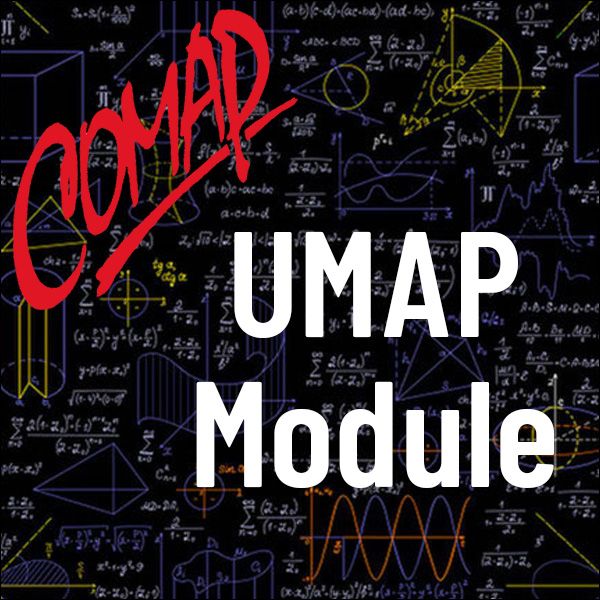Listening to the Earth: Controlled Source Seismology (UMAP)
Author: Richard G. Montgomery
The purpose of this module is to give students a better understanding of how mathematics can be used to learn about physical situations which cannot be directly observed. Students become acquainted with some of the basic physical principles used in controlled-source seismology and gain practice in the use of algebraic, trig, and calculus skills in an applied setting.
Table of Contents:
1. EXPLORING THE MYSTERIOUS UNDERWORLD
2. THUMPS AND ECHOES: SOME WAVY PRELIMINARIES
2.1 Thump and Listen
2.2 Wavefronts and Ray Paths
2.3 Reflected and Refracted Ray Paths
2.4 Snell's Equation for Refraction
2.5 Plausibility and Derivation of Snell's Equation
2.6 The Critically Refracted Path from Source to Receiver
3. THE GEOLOGICAL PROBLEM
3.1 Modeling the Problem
3.2 Gathering Data
3.3 Mathematical Analysis of the Data
3.4 Fitting the Model to Reality
4. ANOTHER WAY TO LISTEN
4.1 Reflected Wavefronts
4.2 Assumptions and Measurements
4.3 Analysis of Reflection Data
4.4 Comparing Travel Times
5. TYPICAL SEISMIC VELOCITITES
6. CONCLUDING OVERVIEWS
7. SUGGESTIONS FOR FURTHER EXPLORATIONS
7.1 General Overview
7.2 Controlled Source Seismology
7.3 Earth Legend and Geomythology
8. REFERENCES
9. ANSWERS TO EXERCISES
10. MODEL EXAM
11. ANSWERS TO THE MODEL EXAM

Mathematics Topics:
Application Areas:
Prerequisites:
You must have a Full Membership to download this resource.
If you're already a member, login here.